A crucial difference exists between stock investing and trading.
When we talk about investing in stocks, we're talking about taking a longer-term approach. This involves looking deeply into the fundamentals of a company, such as its financial health, performance history, and growth potential. Essentially, it's like trying to understand the company's story and how it's likely to evolve over time.
On the flip side, trading is a more short-term game. In this scenario, we're not as concerned with the company's long-term prospects. Instead, our primary focus is on liquidity, which refers to how easily we can buy or sell a stock in the market.
In this article, I'll be shedding light on the specific stocks that catch my attention when I'm involved in the trading of options.
The Three Golden Criteria for Underlying Stock
When venturing into the realm of option trading, a thoughtful approach to selecting underlying stocks is crucial. Several key criteria guide my choices to increase the odds of my success, when it comes to options selling:
#1. Stocks from S&P 500: My preference gravitates towards companies with a substantial market capitalization. To align with this preference, I exclusively focus on stocks listed in the S&P 500. The rationale behind this lies in the stability and reliability often associated with larger market cap companies. Moreover, opting for S&P 500 stocks provides the added benefit of having options available for virtually all stocks in this index, enhancing the diversity of my trading opportunities.
Here's a website where you can find all the stocks in the S&P 500.
https://www.ishares.com/us/products/239726/ishares-core-sp-500-etf
Open the link right now, and follow the video below.
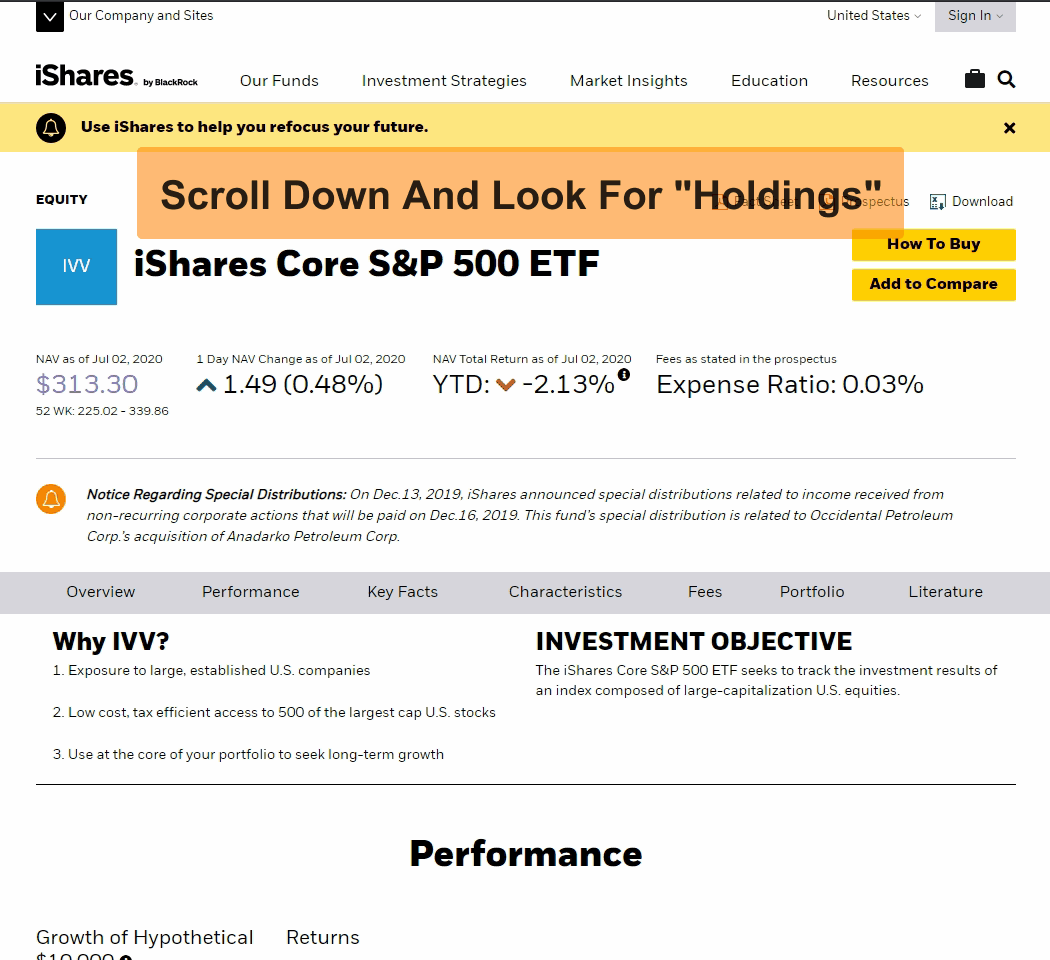
Where to find all the stocks in the S&P 500
#2. Stock Trading Volume > 3M: Liquidity stands as a cornerstone in the world of trading. It ensures the ability to swiftly open and close positions without encountering significant hurdles. To guarantee this liquidity, I set a minimum trading volume threshold of 3 million shares for the stocks I consider. This analogy can be likened to owning valuable properties; their true worth is only realized if there's a ready market of buyers when the decision to sell is made.
Typically, if the underlying stock has high liquidity - the options will have higher liquidity (and hence tighter bid-ask spread too).
Yahoo Finance is a useful website to find out the average trading volume of the underlying stock.
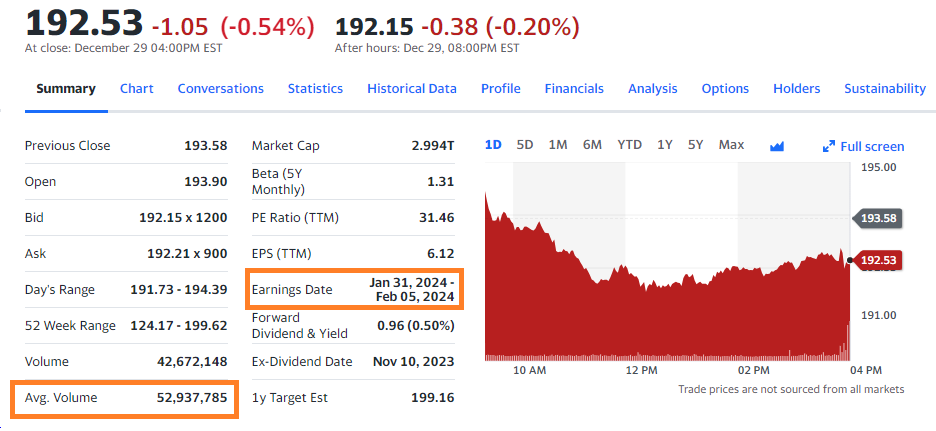 Extracted from Yahoo Finance
Extracted from Yahoo FinanceAs depicted in the figure above, the stock's average trading volume stands at 52.9 million, comfortably meeting our minimum requirement of 3 million.
#3. Minimum Stock Price > $50: Beyond the qualitative aspects, the quantitative consideration of stock price plays a pivotal role in my selection process. I set a minimum stock price threshold of $50. This criterion aims to strike a balance, ensuring that the stock price is not too low, as excessively low-priced stocks often yield minimal option premiums. By maintaining a minimum stock price, I optimize the potential return on each option contract while managing the associated commission costs.
The reason for this is because the way commission fees are structured on a per-contract basis.

This means that the more contracts you sell, the more commission you would incur.
Let's a look at two examples - to ensure consistency, we will compare two options with (i) the same expiry and (ii) similar delta - as these are factors that can affect the premium collected.
Scenario 1 - Low Price Stock
Let's first look at SIRI - with the current share price of $5.47.
At the selected expiry date and a Delta of 0.32 - the bid price of a sell put is 0.33 (or $33 since one option contract represents a 100 shares).
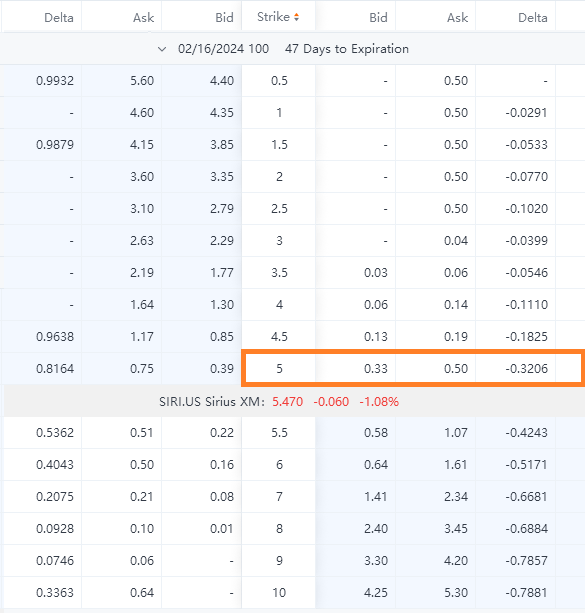
Option Chain of a Low-Priced Stock
Now if I wanted to collect $280 worth of premium from SIRI, I would need to sell 9 contracts. This could equate to close to $6 worth of commission.
Scenario 2 - High Price Stock
Let's now take a look a higher priced stock such as GOOG.
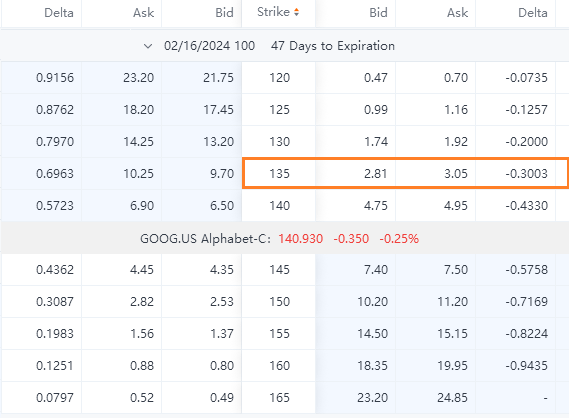
You can see from the above, selling a put option at a Delta of 0.30 - can easily fetch my $281 worth of premium with just one contract.
This also means that I only need to pay commission for one single contract. Much more efficient, right?
Is There An Easier Way To Filter All These??
Having outlined the three essential criteria, it would be inappropriate of me not to provide you with a convenient method for sorting through stocks that exhibit robust option cash flow. <After all, since you're here on this blog, you deserve top-notch insights!>
Personally, I employ a free screening tool available on Finviz to efficiently identify stocks that align with the aforementioned criteria.
Allow me to guide you on its utilization.
How To Use FinViz Screener
Step 1 - Go to the FinViz Screener
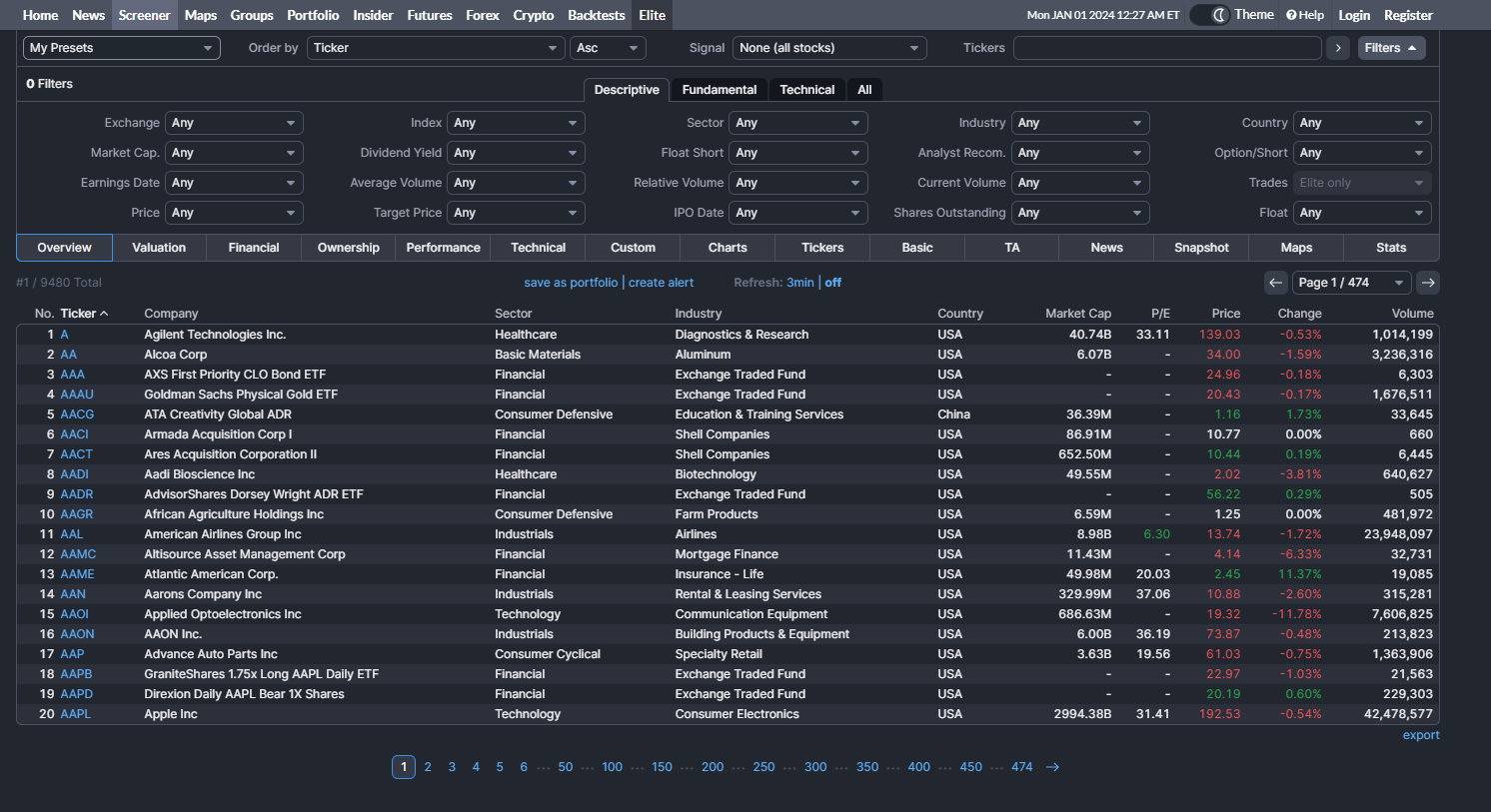
Screenshot of FinViz Screener
Once you have entered the FinViz screener, you will noticed all the various parameters you can tweak to filter out your stocks.
Step 2 - Select and Filter The Three Criteria
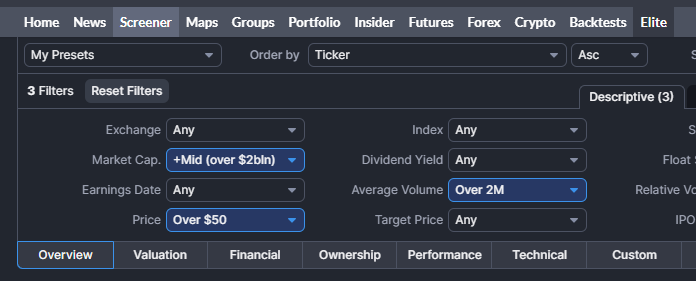
Edit your caption text here
a. Market Cap over $2 billion will capture most of the S&P 500 stock
b. Average Volume over 2M (sorry, I know the criteria is 3M but the screener doesn't give a 3M option, so 2M is good enough)
c. Price over $50
Once you have done the above, it should filter down to less than 300 stocks.
Step 3 - Add these Stocks into your Watchlist!
Extract all the ticker symbol that you have filtered, and add them into your watchlist!
What's the Next Step?
Discovering the ideal stocks for options is just one piece of the puzzle.
The real thrill begins when you assemble these stocks into a watchlist, keeping a keen eye on them, eagerly anticipating the perfect moment for a trading opportunity.
And if you happen to be unsure about the entry rules for options – guess what? You're in for a treat!
I've put together a free Options Cheatsheet, accompanied by an comprehensive video training. Click below to dive into the excitement and learn more.
If You Like This Content, You Might Like This
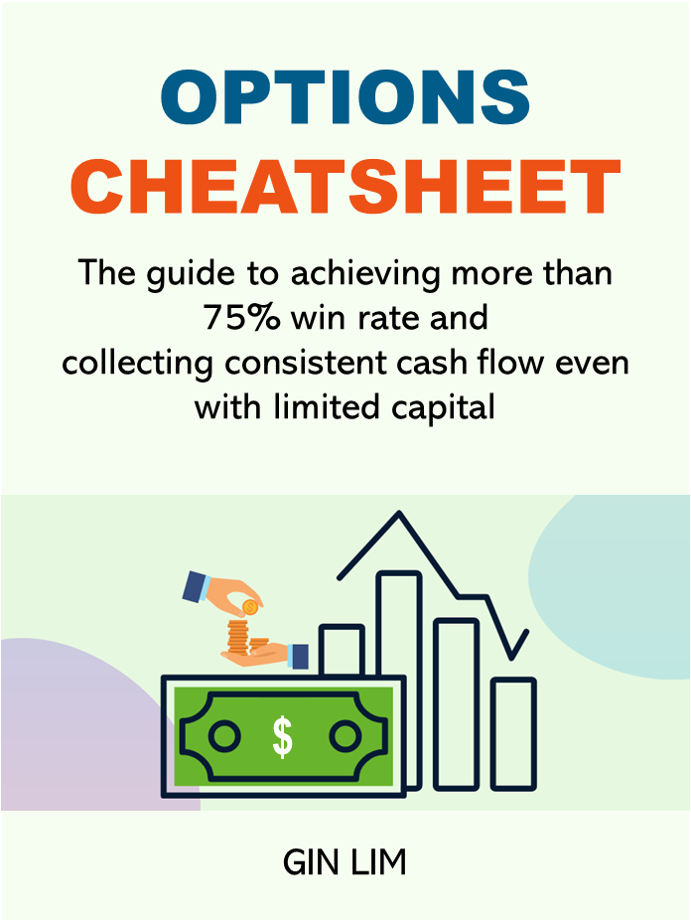
"The Options Cash Flow Cheat sheet" to help options traders achieve high win rate and consistent cash flow
(and more other instant bonuses inside)
